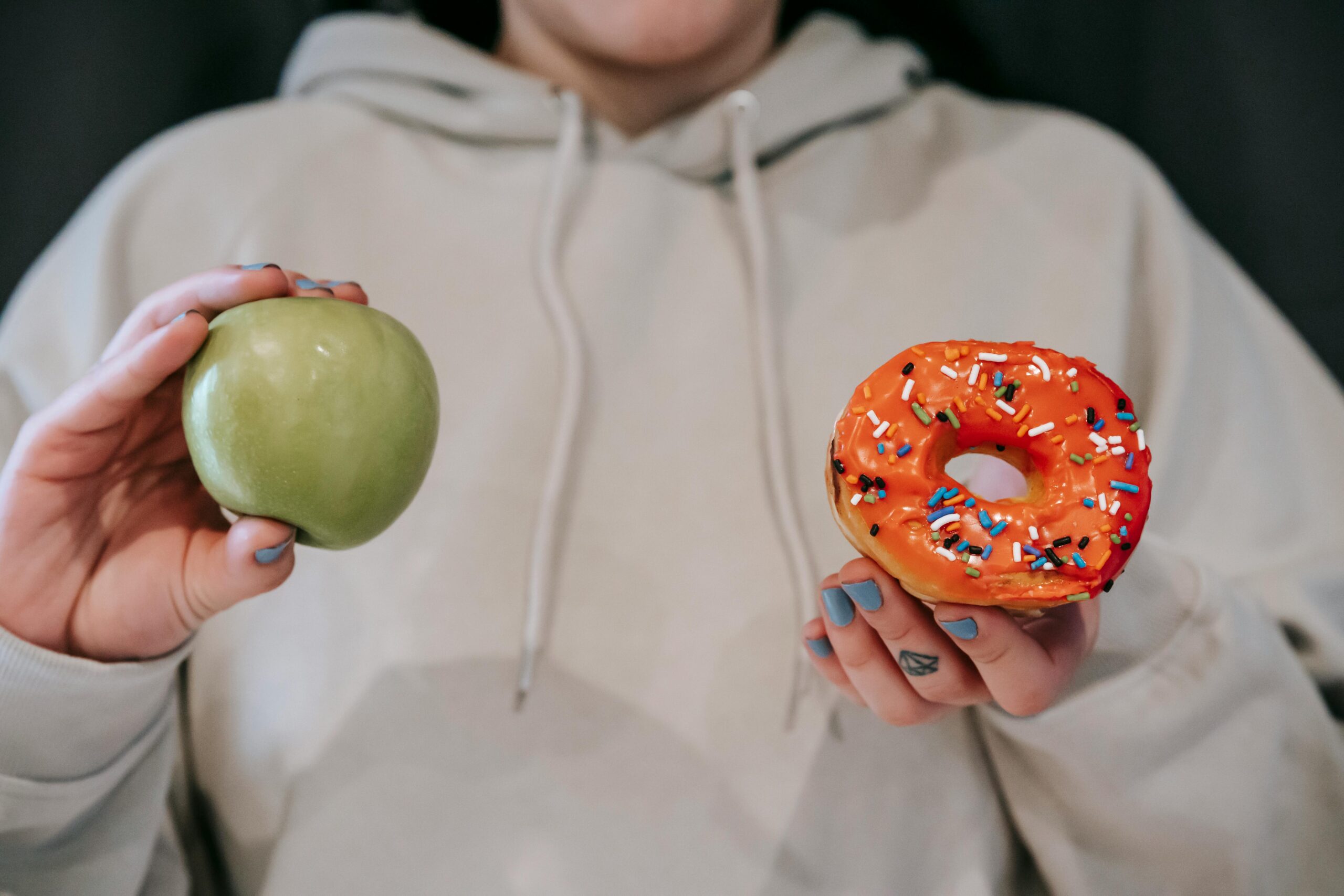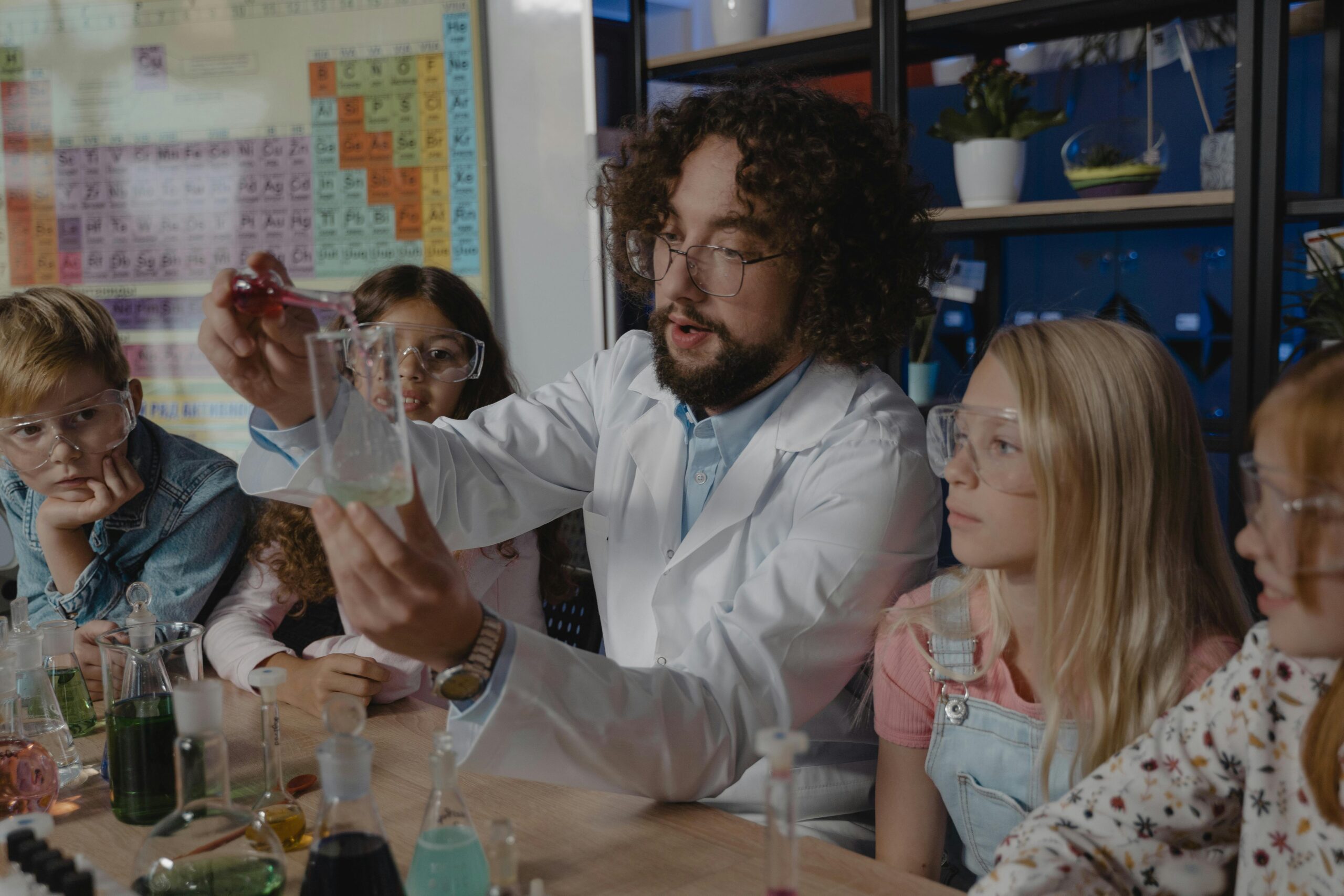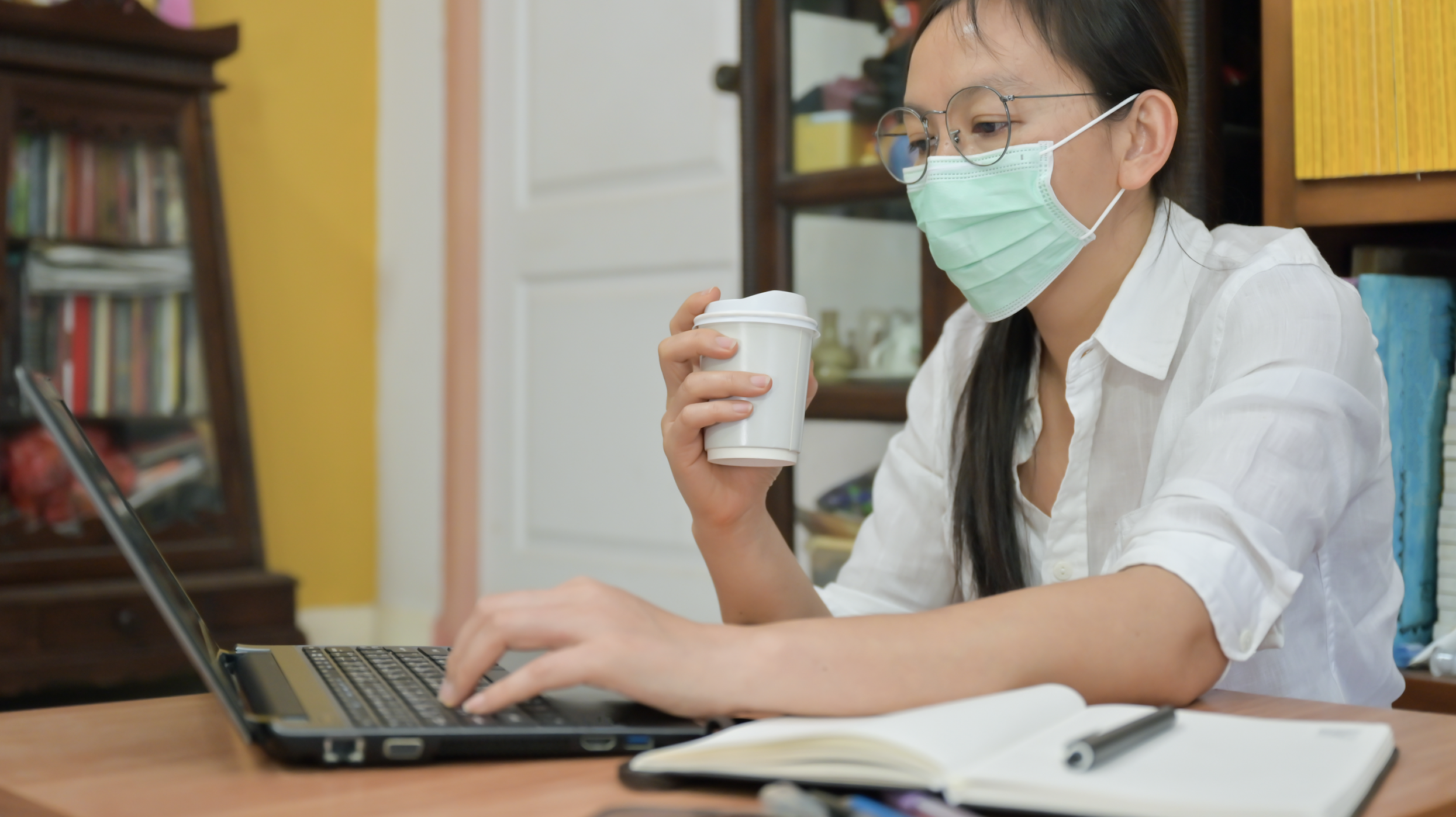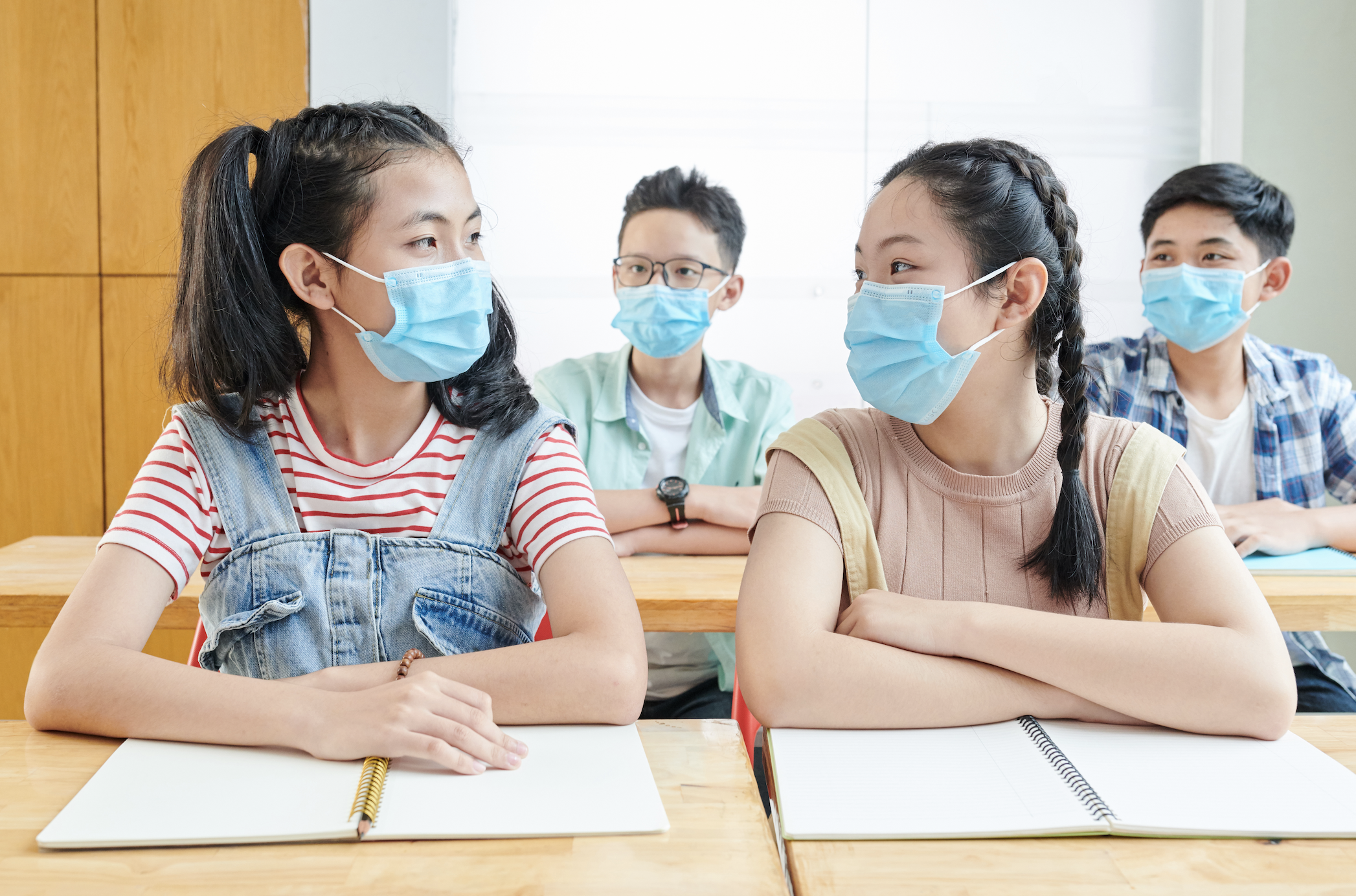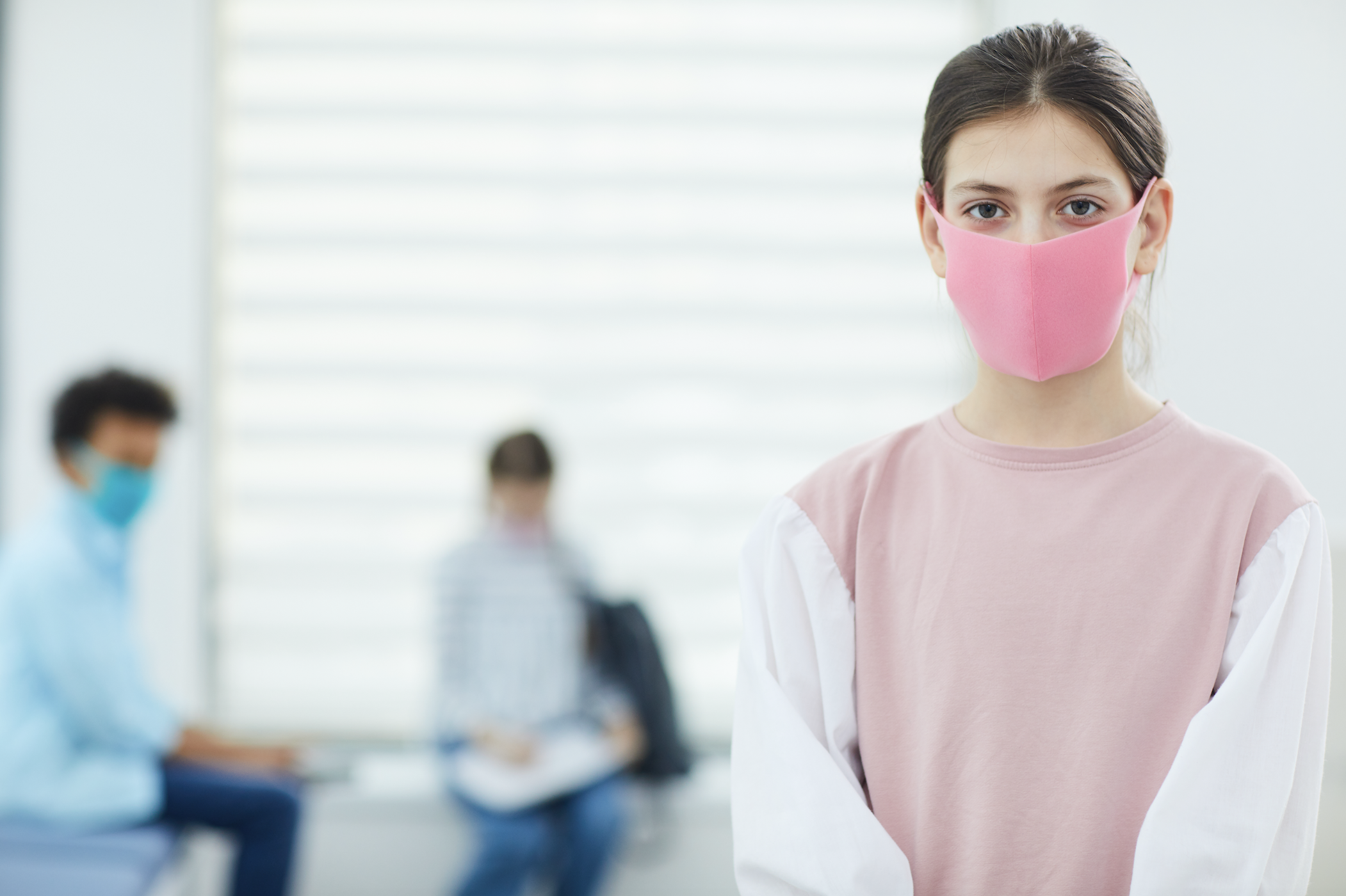
Five Ingredients to Help Students Recover Following a Pandemic
The population of young people, ages 16 to 24, were already facing mental health problems. Now they feel delayed by COVID-19, and it has added to their anxiety levels. This portion of Generation Z and Millennials are disadvantaged. While it sounds strong, many of them feel:
- Postponed
- Pushed aside
- Penalized
The teens in this group believe part of the typical American experience was lost to a pandemic. No proms. No signed yearbooks. Strange graduation ceremonies. They feel grief. Loss. Isolation. Angst. These kids were caught in limbo and deserve special leadership from us. Young professionals need it just as much. “They’re walking a tight rope, and there are cliffs on either side,” said Kathryn Edwards, a labor economist at the Rand Corporation. “It’s hard to imagine someone making it through both of these recessions in this age group really unscathed.”
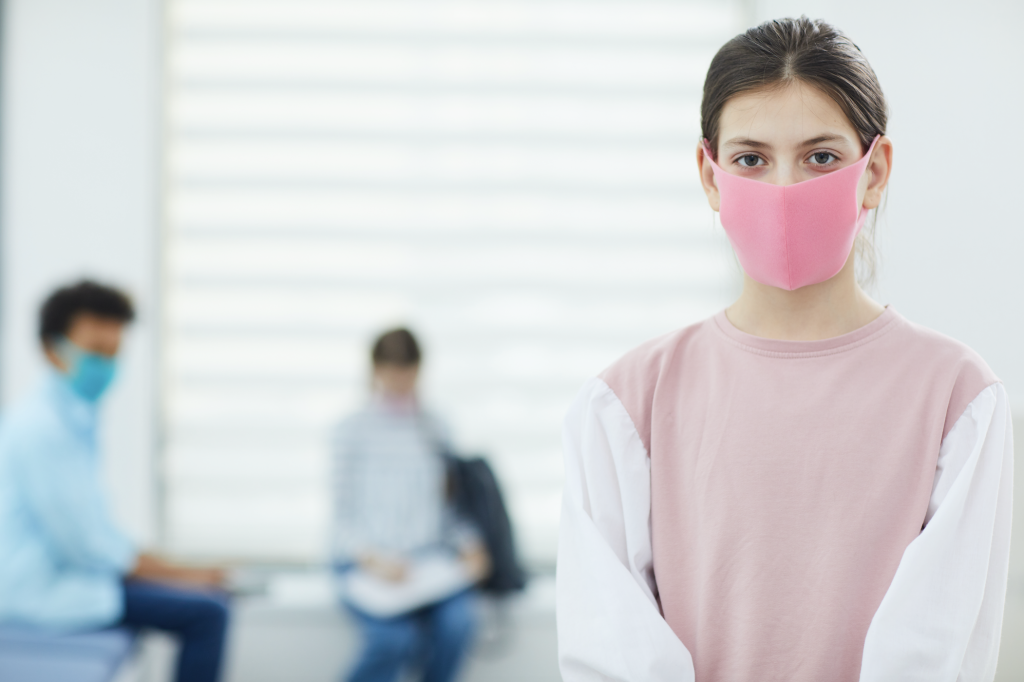
Another Walk Down Memory Lane
What can we learn from history? How have past tragedies, crises, or pandemics affected us?
“Researchers are revising the traditional view of psychological trauma, which emerged after World War I when soldiers were diagnosed with the condition of ‘shell shock.’ It was ultimately known by the broader term, post-traumatic stress disorder (PTSD). The disorder is quite real—and one more manifestation of the negativity effect. Some bad events, unlike good events, would affect people for decades or for life. When a bad event had permanent effects, like an accident that left someone unable to use their arms or legs, it could permanently reduce a person’s level of happiness,” writes John Tierney in The Power of Bad.
But stress doesn’t have to cause a disorder. It can actually be leveraged for good.
Tierney reminds us that beginning in the 1990s, psychologists noticed something else. At least half the population who endured a traumatic event showed no signs or symptoms of post-traumatic stress. Four out of five trauma victims did not suffer from PTSD afterward. In fact, typically they emerged even stronger. Instead of being permanently scarred by the tragedy, they experienced post-traumatic growth or PTG. This term was introduced by psychologists Richard Tedeschi and Lawrence Calhoun. (It is not nearly as well-known as PTSD because good is never as newsworthy as bad.) Yet, it’s far more common. Studies reveal that more than 60 percent, and even as high as 90 percent, of trauma victims undergo post-traumatic growth, including ones who initially showed symptoms of PTSD.
Psychologists now use a chart to track post-traumatic growth. These people experience:
- Increased appreciation of life.
- Deeper relationships with others.
- New perspectives and priorities.
- Greater personal strength.
So, how do we ensure that good comes from bad?
How Our Narratives Work
The growth doesn’t come from the trauma, but from the way the person responds to it. These people suppress their negativity bias with an array of defenses that are available to anyone. They choose to become kinder, stronger, and more mindful of the joys in life. Tierney continues, “While a negative experience triggers a stronger immediate emotional reaction than a positive experience, negative emotions actually fade faster than positive ones do in most people. Repeated experiments with people who’ve undergone negative experiences prove this. They come into the lab and describe how they feel about recent events, and later return to recall those same events. By then, their feelings have diminished, but the negative ones fade faster than the positive ones, especially among those who’ve repeatedly discussed the bad experience with others. Since the initial threat is over, they’re prone to recognize the positive recovery has taken place. In short, the more you talk about your problems, the more perspective you can gain to ease your anxieties. This is why we feel it is therapeutic.”
I just completed a book called The Pandemic Population which outlines the research behind how we can lead students to recover from this COVID-19 season with a positive narrative. Let me whet your appetite below with a summary of a few steps we can take to ensure this happens.
Five Ingredients to Helping a Student Recover and Build a Positive Narrative
1. Empathize with their experience.
When we begin by acknowledging students’ circumstances, empathizing with their unique hardships, we position them to look ahead. They don’t feel they’re alone or need to play the victim card. You become an understanding advocate, enabling them to pursue their goals.
2. Expect them to rise above it.
Robert Rosenthal and Lenore Jacobson’s study showed that student performance reflects the expectations of their adult leaders. When we demonstrate higher expectations, students improve academically. In this way, leaders can positively influence student response to the pandemic.
3. Believe they can thrive afterward.
Expectations alone are incomplete in empowering students to rise above survival mode. I know kids who spiral downward when expectations come across too harsh. We must add the element of belief—demonstrating we not only expect a lot, we believe they can actually pull it off.
4. Encourage an intentional narrative.
Students will emerge from 2020 with a story they tell themselves about who they are: loser, penalized, victim, or a person who can take a disadvantage and transform it into an advantage. We must enable them to find the silver lining in the dark clouds and tell a story of grit.
5. Provide them with a metaphor to frame it.
Finally, most students need a metaphor or image to frame their identity. We think in images, and pictures are worth a thousand words. For example, when winds blow, we can either be a candle that’s extinguished or a brushfire that’s extended. One goes out, one gets bigger.
This is an excerpt from my new book, The Pandemic Population: Eight Strategies to Help Generation Z Rediscover Hope After Coronavirus. It’s perfect for staff or faculty to discuss. CLICK HERE to order now.


